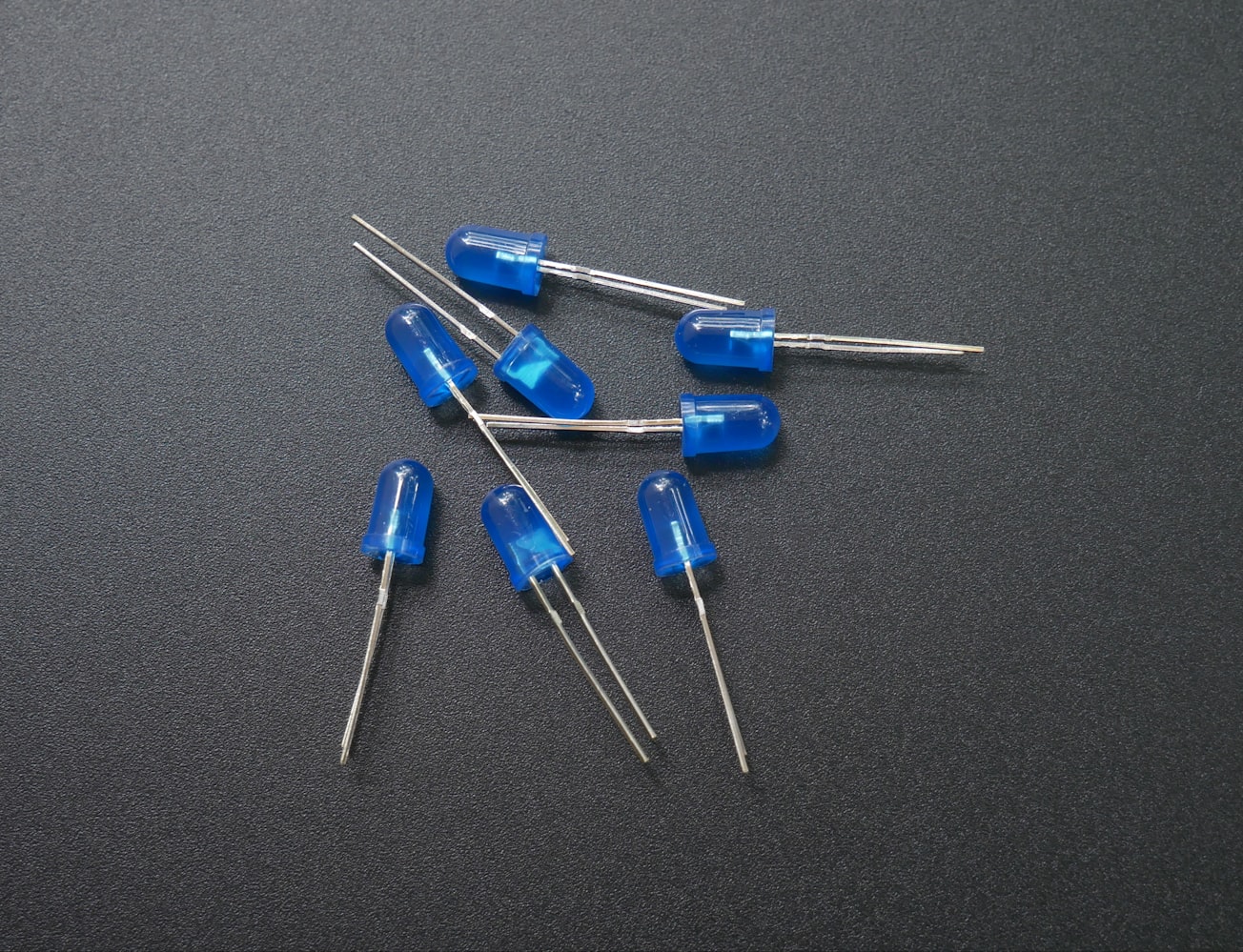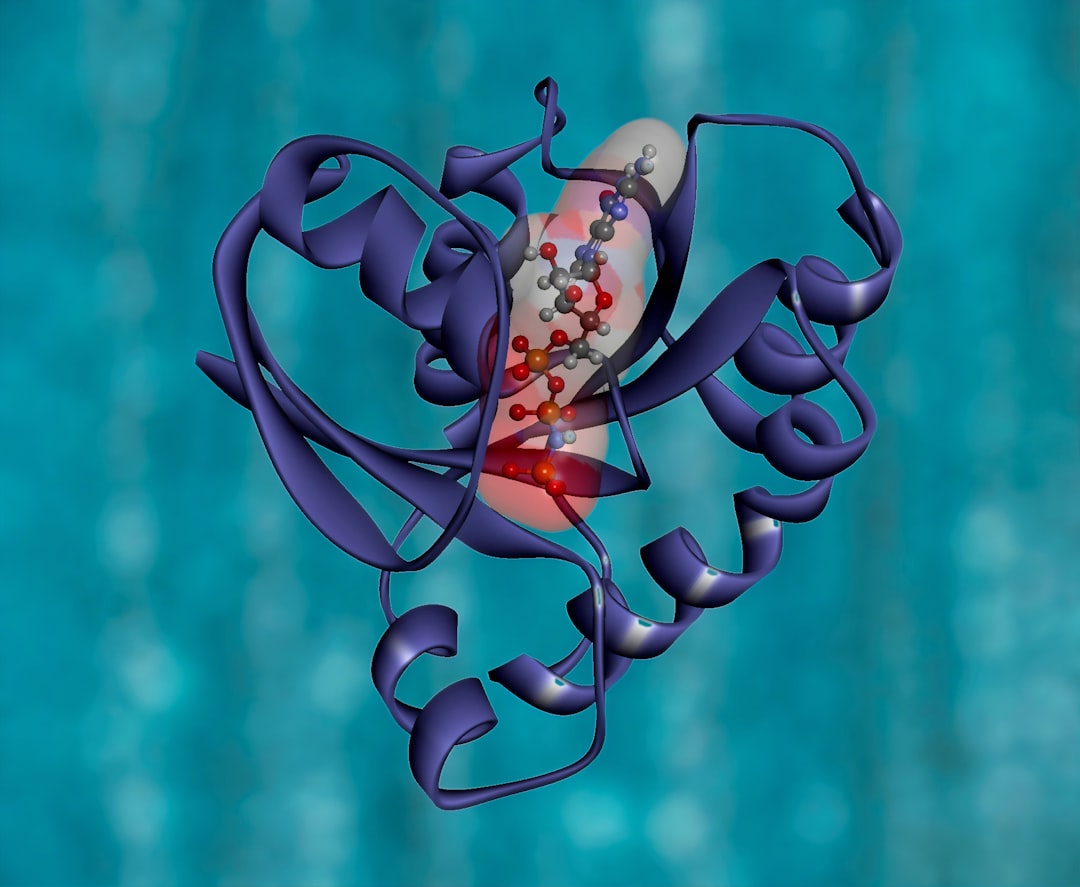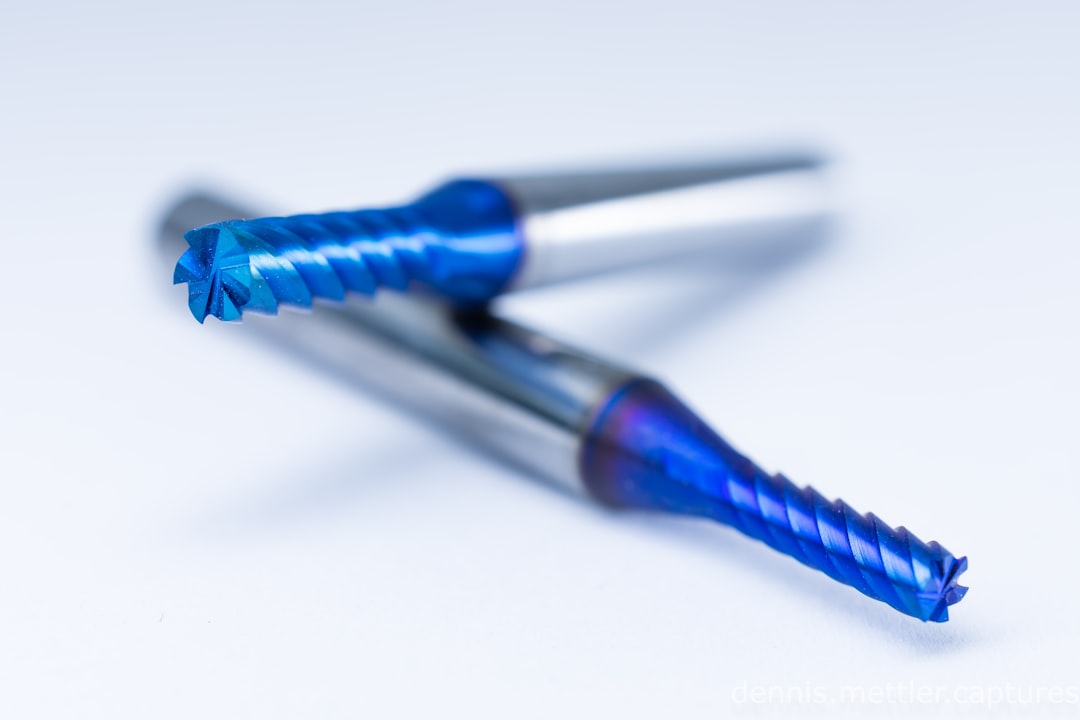What is it about?
Boron nitride in the wurtzite crystal structure is emerging as an important material in the design of certain semiconductor light-emitting diodes (LEDs), since adding small amounts of it to materials (like gallium nitride) already present in these LEDs may reduce the large strains and associated low efficiency these devices suffer. In this work, we use state-of-the-art hybrid density functional theory to predict some of the properties of wurtzite boron nitride. These include the deformation potentials (which encode how the solid's energy levels change as strain is applied), the elastic constants (which quantify how difficult it is to compress/stretch the material) and the internal strain parameters (which relate the macroscopic strain to the displacement of atoms in the unit cell of the crystal). Our results show, for example, that the quasi-cubic approximation is invalid for wurtzite boron nitride, the C13/C33 ratio is much smaller in boron nitride than gallium nitride, and the internal displacement parameters of boron nitride are significantly smaller than those of the other III-nitrides.
Featured Image

Photo by Vishnu Mohanan on Unsplash
Why is it important?
LEDs with group-III-nitrides like indium gallium nitride in the active layer suffer low efficiency in the green and ultraviolet parts of the spectrum, due in part to large strain present in these devices. Doping with small amounts of wurtzite boron nitride will lower this strain - however, many of the properties of pure wurtzite boron nitride are not understood. It is particularly important to know how the material's properties respond to strain - the deformation potentials, elastic constants and internal strain parameters characterize this response. Some predictions of the deformation potentials and elastic constants were made in the past, but these used dated methods - our data thus provide more accurate insight into these properties, and first insight into the internal strain parameters. The results can be used as input data for experiment as well as computational works modelling nanostructures, and our findings indicate that doping with wurtzite boron nitride may be highly beneficial for the efficiency of III-nitride-based LEDs.
Read the Original
This page is a summary of: Strain Effects in Wurtzite Boron Nitride: Elastic Constants, Internal Strain, and Deformation Potentials from Hybrid Functional Density Functional Theory, physica status solidi (RRL) - Rapid Research Letters, April 2022, Wiley,
DOI: 10.1002/pssr.202200021.
You can read the full text:
Contributors
The following have contributed to this page










